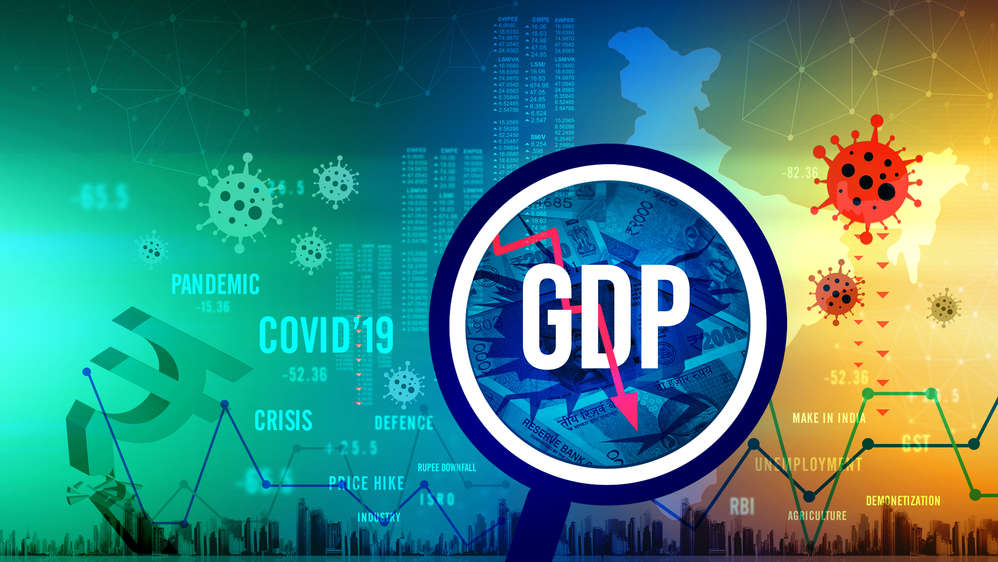The new policymakers on Mint Street have finally bitten the bullet and come out with a forecast of a 9.5 per cent contraction in the Indian economy this year. The Reserve Bank of India has been warning about a contraction for sometime but refused to put out a numerical forecast until it had seen enough data points to be able to hazard an estimate. The monetary policy committee chose to hold interest rates but indicated that it was prepared to cut rates once again as it shifted its focus from taming inflation to a more immediate compulsion to jump start an economic revival. Inflation has leapt to 7.34 per cent in September but the policymakers are no longer inclined to view that number with alarm. The central bank believes that the Covid-induced supply disruptions will settle very quickly and inflation will abate in the months ahead, dipping to a level well within the 2 to 6 per cent tolerance range by the end of the fourth quarter. The committee has decided to stick with an accommodative policy which means that it will pump up liquidity within the financial system. It has already decided to come out with an on-tap targeted long-term repo operation for another Rs 1 trillion that will run till March next year. The hope is that the banks will borrow these funds and invest in marketable securities including corporate bonds, thereby greasing the wheels of the economy.
The big belief is that GDP growth will break out of the contraction mode and turn positive in the fourth quarter, reflecting a sense of optimism about a scale of recovery that many pundits do not share. The RBI governor, Shaktikanta Das, contends that there is clear evidence of a three-speed recovery: labour-intensive sectors like agriculture and allied sectors and industrial segments like passenger vehicles, drugs and pharmaceuticals, and fast moving consumer goods are already over the Covid hump. The RBI is looking to improve the flow of credit to specific sectors within the rigid boundaries of credit discipline even though it admits that it will be a while before private investment starts to pick up.
The decision to lower the loan-to-value ratio for all new housing loans sanctioned till March 31 next year will prompt banks to lend freely without shouldering a greater provisioning burden. This should provide some relief to the stressed real estate sector. Studies are already beginning to show a recovery in some of the housing markets and the hope is that home seekers will start sniffing at deals soon. The monetary policy has turned distinctly dovish and the markets are anticipating a rate cut of up to 50 basis points early next year. But in the absence of a credible stimulus package from the Narendra Modi government, which remains extremely averse to the idea of increasing its borrowings or monetizing its fiscal deficit, one can never be convinced that the rate cuts alone will be enough to engineer an economic revival.

